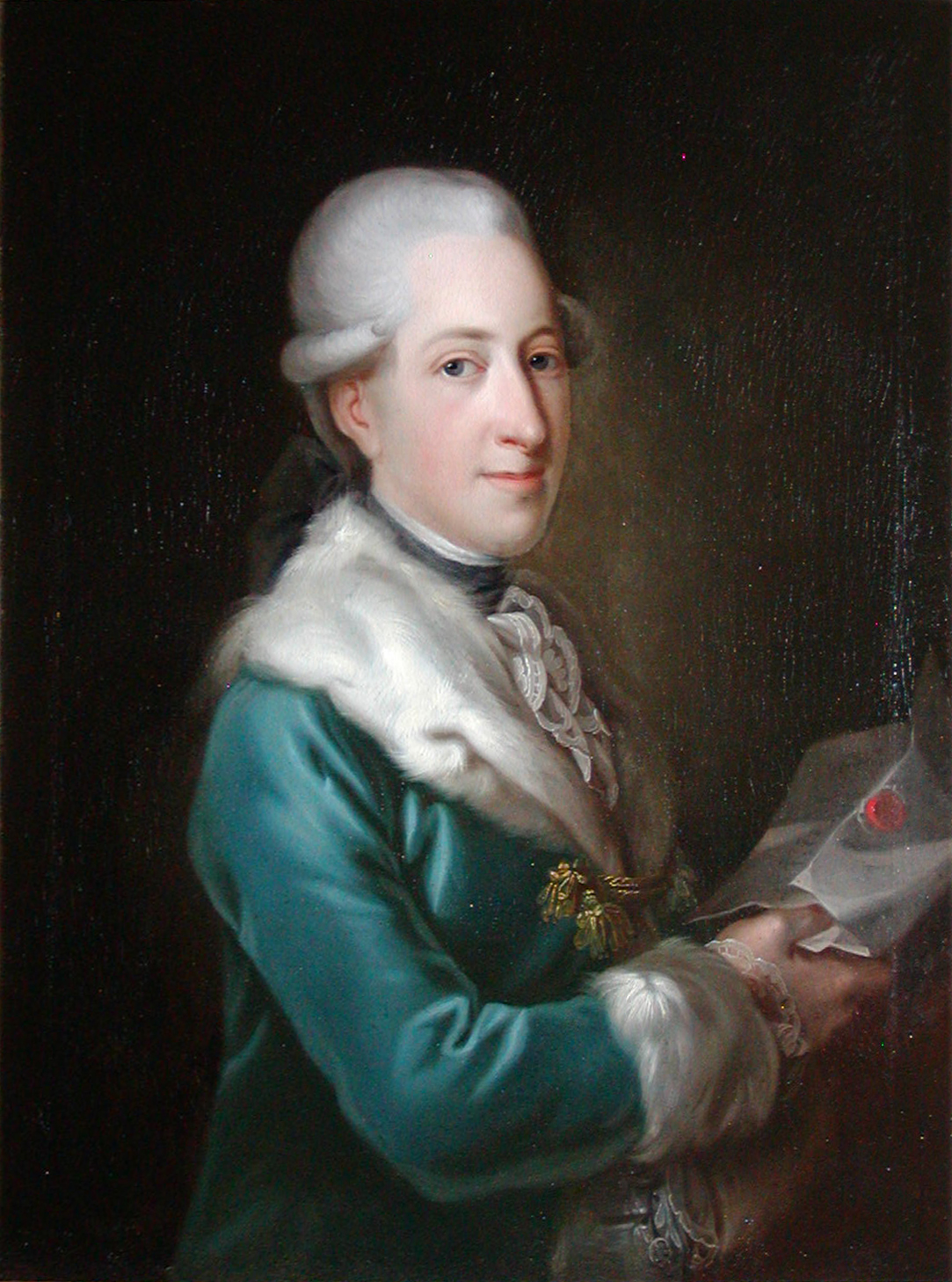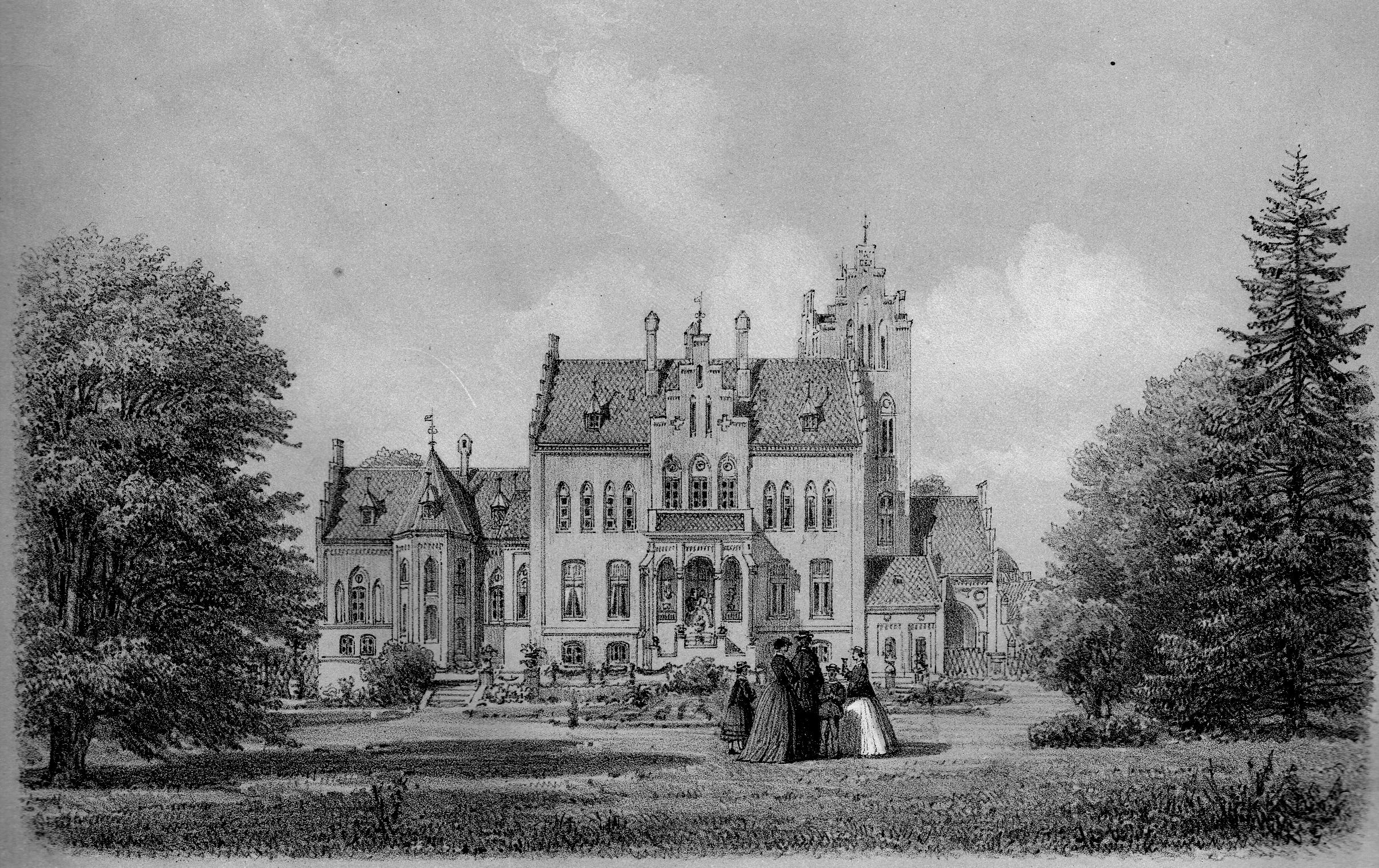Orupgaard on:
[Wikipedia]
[Google]
[Amazon]
Orupgaard is a
 Orupgaard is first mentioned in the
Orupgaard is first mentioned in the
, Orupgaard Gods. Retrieved 22 November 2012."Orupgård"
Lolland-Falsters Herregårde. Retrieved 22 November 2012.
 In 1840,
In 1840,
Official site
(Danish language) {{Denmark castles and manor houses Buildings and structures in Falster Manor houses in Guldborgsund Municipality Houses completed in 1776 Buildings and structures associated with the Tesdorpf family
manor house
A manor house was historically the main residence of the lord of the manor. The house formed the administrative centre of a manor in the European feudal system; within its great hall were held the lord's manorial courts, communal meals w ...
located east of Nykøbing and north of Idestrup
Idestrup is a town some southeast of Nykøbing Falster on the Denmark, Danish island of Falster. As of 2022, it has a population of 1,153.
History
Idestrup Church built in the Romanesque architecture, Romanesque style dates from the 12th centur ...
on the Danish
Danish may refer to:
* Something of, from, or related to the country of Denmark
People
* A national or citizen of Denmark, also called a "Dane," see Demographics of Denmark
* Culture of Denmark
* Danish people or Danes, people with a Danish ance ...
island of Falster
Falster () is an island in south-eastern Denmark with an area of and 43,398 inhabitants as of 1 January 2010.
. With a history dating from the 13th century, Orupgaard today manages over of farmland
Agricultural land is typically land ''devoted to'' agriculture, the systematic and controlled use of other forms of lifeparticularly the rearing of livestock and production of cropsto produce food for humans. It is generally synonymous with bot ...
and forest as well as an equestrian
The word equestrian is a reference to equestrianism, or horseback riding, derived from Latin ' and ', "horse".
Horseback riding (or Riding in British English)
Examples of this are:
*Equestrian sports
*Equestrian order, one of the upper classes in ...
facility at Brændte Ege Avlsgaard.
History
Early history
 Orupgaard is first mentioned in the
Orupgaard is first mentioned in the Danish Census Book
The Danish Census Book or the Danish book of land taxation ( la, Liber Census Daniæ), ( da, Kong Valdemars Jordebog) dates from the 13th century and consists of a number of separate manuscripts. The original manuscripts are now housed in the Da ...
in 1231 as ''Oræthrop''. It consisted of a few small farms managed by Nykøbing Palace on behalf of the Crown. Around 1660, they were merged into one property. After Orupgaard was completely destroyed by fire in 1718, the land was leased out to farmers until 1766 when Christian Hincheldey bought the estate. In 1809, Hincheldey's widow sold it to the English baron Charles August Selby
Charles August Selby (24 October 1755 – 15 March 1823) was an English-Danish merchant and landowner. He built the Bækkeskov manor house at Præstø and Orupgaard on Falster. The Baron's oldest son, the politician and landowner, Charles Borre S ...
(1755–1823) who built a fine new manor which he left to his son Charles Borre de Selby."Orupgaards historie", Orupgaard Gods. Retrieved 22 November 2012."Orupgård"
Lolland-Falsters Herregårde. Retrieved 22 November 2012.
Tesdorpf family
 In 1840,
In 1840, Edward Tesdorpf
Edward Tesdorpf (7 September 1817 – 2 May 1889), was a German-Danish landowner, agricultural pioneer and sugar manufacturer. He became the owner of ten estates many of which were located in the Lolland-Falster area where he resided at Orupgaard n ...
, the son of a Hamburg
(male), (female) en, Hamburger(s),
Hamburgian(s)
, timezone1 = Central (CET)
, utc_offset1 = +1
, timezone1_DST = Central (CEST)
, utc_offset1_DST = +2
, postal ...
merchant, bought the estate, introducing a style of innovative farming which was widely recognized as a model to be emulated. He thoroughly drained and fertilized the land, brought in new breeds of cattle and built a dairy, achieving a five-fold increase in production by 1890.
Tesdpråf passed Orupgaard down to his eldest son Frederik Tesdorpf.
Højgaard family
In 1938, Frederik Tesdorpf 's widow, Spåhie Tesdorpf, née Tutein, sold the estate to Knud Højgaard (1878 –1968), a civil engineer, who completely redesigned the building in the style of an English country home. His son, Erik Højgaard who administered the estate from 1954, was among the first to fully mechanize farm production in the area. The owner today is Thomas Højgaard.Architecture
The manor house is built in "English style". It has plastered walls and amansard roof
A mansard or mansard roof (also called a French roof or curb roof) is a four-sided gambrel-style hip roof characterised by two slopes on each of its sides, with the lower slope, punctured by dormer windows, at a steeper angle than the upper. The ...
.
Grounds
A stand ofchestnut
The chestnuts are the deciduous trees and shrubs in the genus ''Castanea'', in the beech family Fagaceae. They are native to temperate regions of the Northern Hemisphere.
The name also refers to the edible nuts they produce.
The unrelat ...
trees is situated north of the manor house. A stable wing, a dairy building and a carriage house
A carriage house, also called a remise or coach house, is an outbuilding which was originally built to house horse-drawn carriages and the related tack.
In Great Britain the farm building was called a cart shed. These typically were open f ...
are all of yellow stone.
Brændte Ege ("the burnt oak") riding center was created in 1905 after the merger of three farms. One of these, Nøjsomhed, originally belonged under the manor of Gjedsergaard
Gjedsergård is a manor house on the island of Falster in southeastern Denmark. It has been owned by members of the Tesdorpf family since 1847. The main building and the parallel building Kavalerfløjen are from 1768 and were listed on the Danish ...
, while the other two were tenant farms under Orupgaard, named Kaaregaarden and Griggegaarden. The merged farm received its name ("burnt oak") after a nearby forest, so called because Swedes
Swedes ( sv, svenskar) are a North Germanic ethnic group native to the Nordic region, primarily their nation state of Sweden, who share a common ancestry, culture, history and language. They mostly inhabit Sweden and the other Nordic countr ...
burnt it in 1658.
Cultural references
Orupgaard is used as a location in the 1959 comedy ''Charles tante
''Charles' Aunt'' ( da, Charles' tante) is a 1959 Danish comedy film directed by Poul Bang and starring Dirch Passer based on Charley's Aunt.
Cast
* Dirch Passer as Grev Ditlev Lensby
* Ove Sprogøe as Charles Smith
* Ebbe Langberg as Peter Ahl ...
''.
List of owners
* (1230-1766) Kronen * (1766-1793) Christian Hincheldey * (1793-1809) Laurentia Hofgaard, gift Hincheldey * (1809-1823) Charles de Selby * (1823-1840) Charles Borre de Selby * (1840-1889)Edward Tesdorpf
Edward Tesdorpf (7 September 1817 – 2 May 1889), was a German-Danish landowner, agricultural pioneer and sugar manufacturer. He became the owner of ten estates many of which were located in the Lolland-Falster area where he resided at Orupgaard n ...
* (1889-1937) Frederik Tesdorpf
Edward Frederik (Friederich) Jakob Tesdorpf (3 December 1854 23 May 1937) was a Danish landowner and politician. He was the owner of Orupgaard from 1889 to 1937 and a member of the Landstinget from 1902 to 1910.
Early life
Frederik Tesdorpf wa ...
* (1937-1939) Sophie Tesdorpf, née Tutein
* (1939-1954) Knud Højgaard
* (1954-1977) Erik Højgaard
* (1977-2005) Knud Højgaard
* * (1999–present) Thomas Højgaard
References
External links
Official site
(Danish language) {{Denmark castles and manor houses Buildings and structures in Falster Manor houses in Guldborgsund Municipality Houses completed in 1776 Buildings and structures associated with the Tesdorpf family